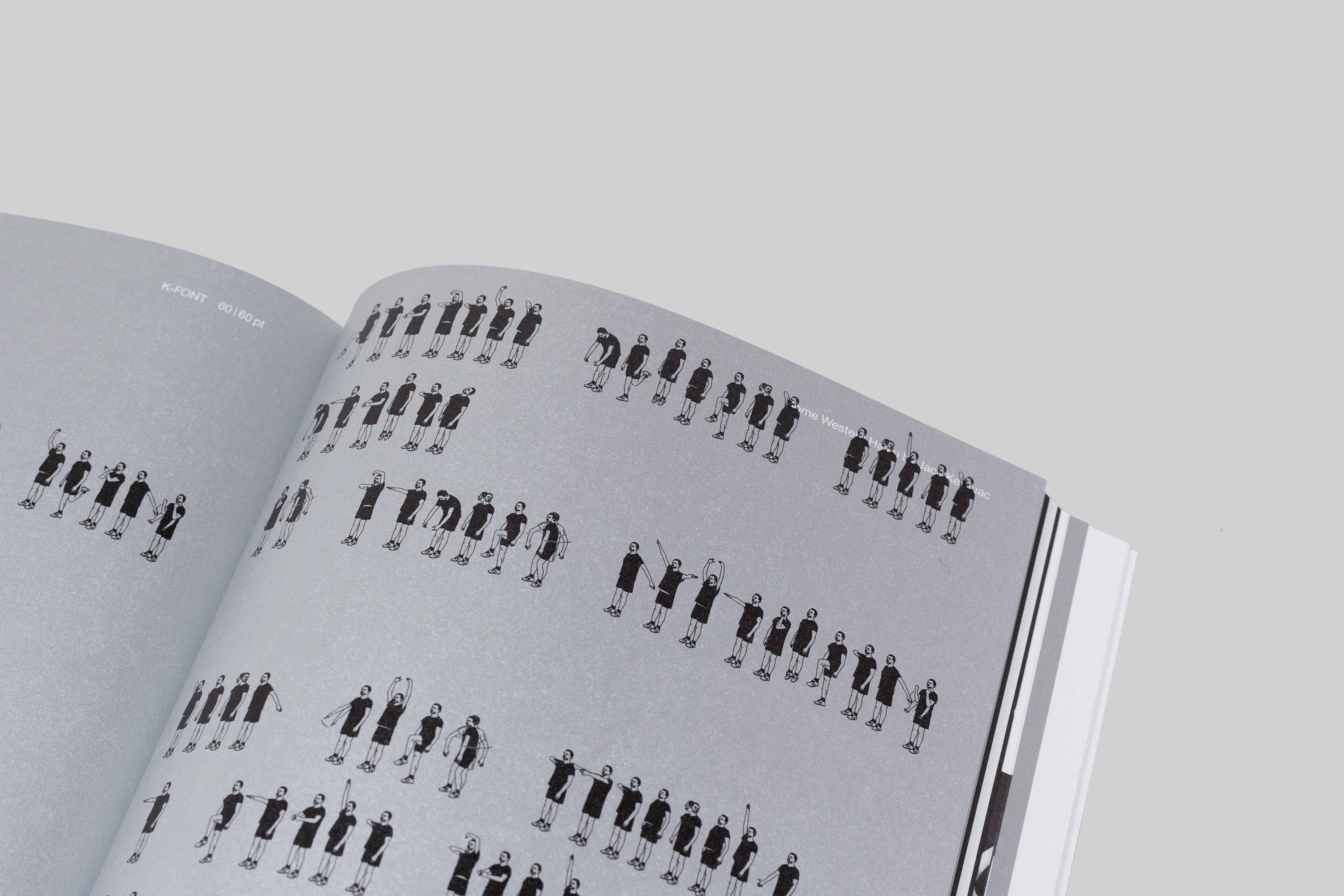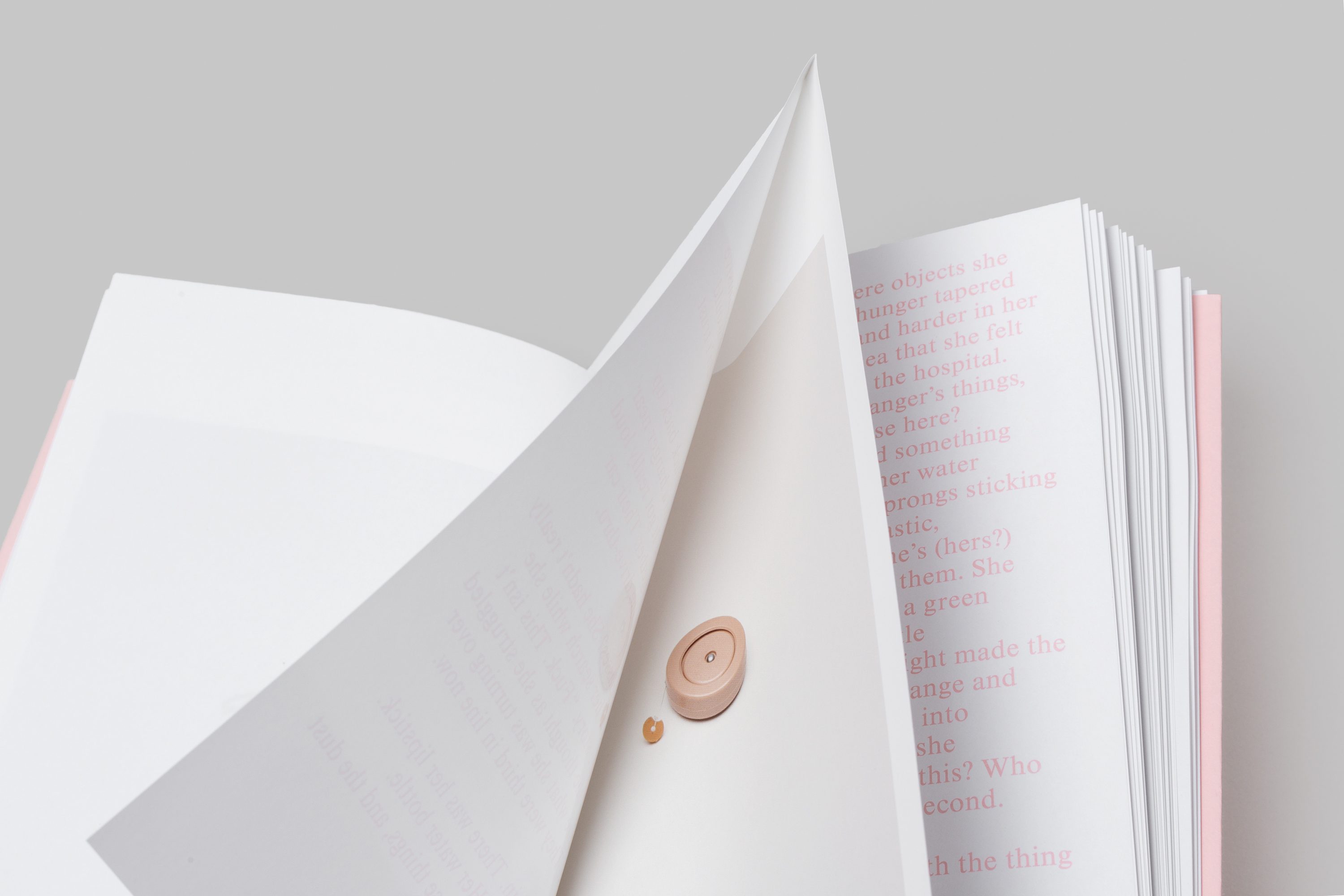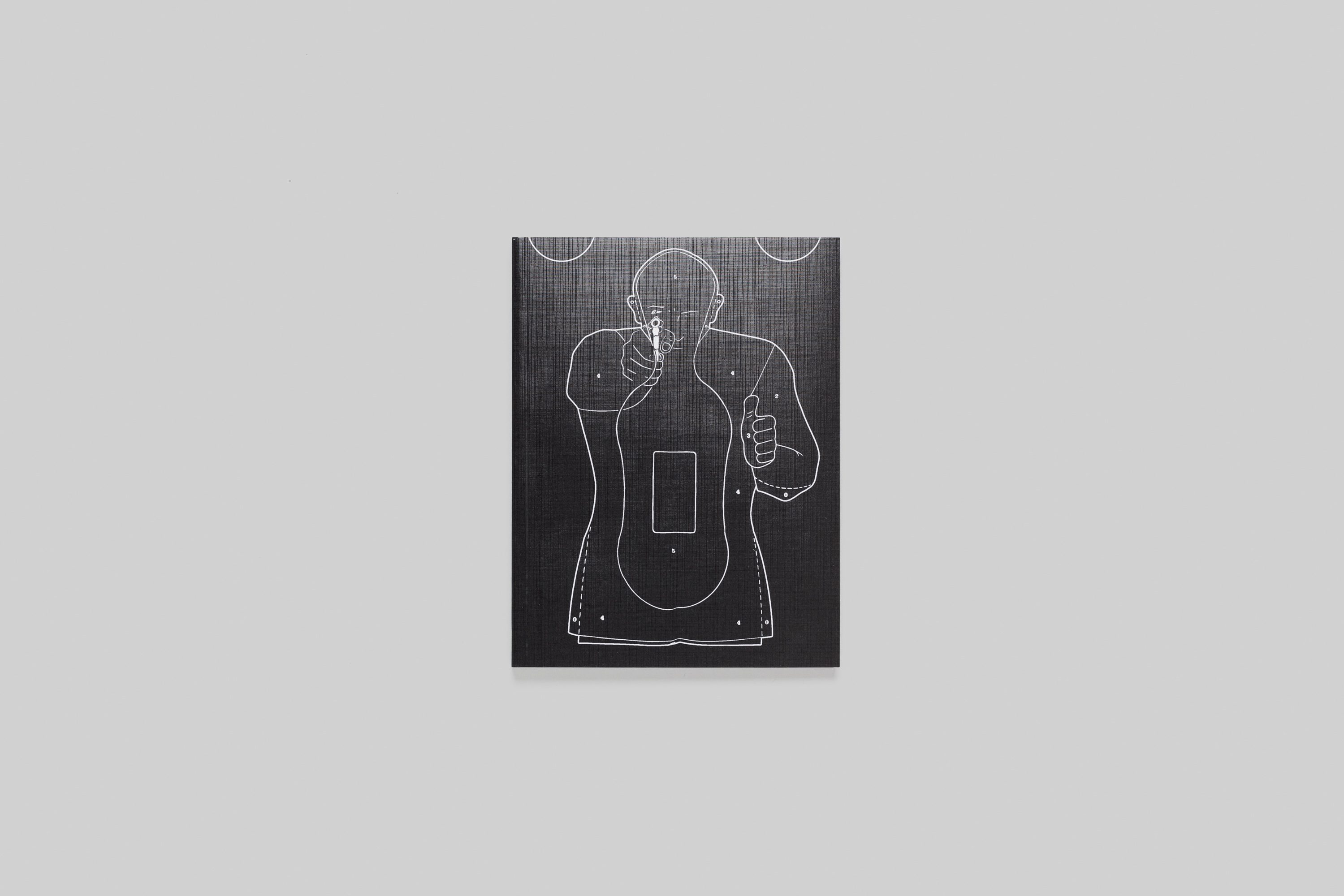Take a graphic studio, turn it into a bookshop, a place for talks, presentations and DJ sets. You push even further by turning it into a small production center for very limited print editions. You do all this in Venice, the cradle of Johannes Gutemberg’s revolutionary technique since the second half of the ‘400. The paper, the sign, the communication and the beauty of synthesis: this is bruno, born in 2013 from the minds of Giacomo Covacich and Andrea Codolo. Their paradise for the eyes and the mind is in Calle Lunga San Barnaba, the university highway, a street that forms a line between San Sebastiano and Ca ‘Rezzonico, one bridge away from Campo Santa Margherita. There is always a good reason to stop here, enter and explore. We also do it to talk about their world, of paper, and more.
Hello brunos and thank you for what you do in this city! How did Venice enter your life?
Venice is above all our city. We live it every day by experimenting with its magic and its problems. It is a place that constantly amazes us, a daily challenge. With bruno we have figured out a way to deal with it. The welcome we felt from the first opening in Calle dell’Avogaria made us feel immediately at home. Now we are in Calle Lunga San Barnaba, in the heart of this area full of high quality activities.
Where do you hang out? Favorite place for breakfast, lunch, aperitif and dinner.
Breakfast at Nono Colussi, lunch and aperitif strictly at the Osteria ai Pugni. All jokes aside, we love this area of the city, the balance between those who live it and those who visit it in different ways.
You have a book shop,you graphic designers and publishers, how did you create this large profile? With so many identities, how would you define yourself?
The liaison is the book and the interest that we put in every aspect of the publishing production.
We are two graphic designers and the design of editorial layouts is an important part of our work. From the very beginning our desire was to create a space not only for working but also for sharing. We thought that in a city that lives a lot of cultural production and where there is a solid university reality linked to the design world, a space like this could be interesting, becoming a publisher was almost a natural consequence. A way of feeding a part of the design work we love, of giving us the possibility of further experimentation.
What is a trait that you find or identify in the various variations of your work?
Typography: intended as order, structure and organization but also creativity, irrationality and instinct. These are the two sides that we allow to coexist in the studio and in our works.
What fascinates you right now and what new techniques or approaches are emerging in your work? What considerations come to mind when looking at the world of online graphics resources, in constant development and evolution? How is this influencing the function and meaning of your work?
In recent years, many revolutionary projects were born with a shout to the analog techniques: let’s think for example of Color Library (the database of color profiles developed by ECAL and Maximage) or the low-definition Risograph printing that has given birth to many small editorials realities and voice to unknown texts. We are also fascinated by the definition / precision that the design of typographic characters is reaching, a consequence of the evolution of printing techniques. About tumblr and other online databases, while offering many resources, they risk distorting our relationship with the image.
After 6 years of pioneering activity in a territory that is unaccustomed to your orthodox approach, how is bruno doing?
It’s doing well, in constant evolution, because it lives within the people who hang around and these are essential connections with the world, a continuous resource. We hope to represent a possible future for this city but we do not feel we are pioneers since in many other cities of Europe hybrid realities like ours do exist since a long time.
Surely you are the prototype of a production model that is not yet widespread on the island. What news needs and opportunities is Bruno facing?
We have gone through different experiences that propelled ideas on the possible connections that this city can create. It comes to mind when, in 2017, we hosted the presentation of Cancelled, a publishing project by collective L’Esprit de l’Escalier, born the previous year during the Biennial of Visual Arts. More generally since, during the opening week we constantly receive visits from experts who come to propose us editorial projects: official catalogs, artist editions, independent projects, dedicated magazines. They ask us to be able to organize presentations, to expose them to the public and to put them on the market. Venice is a unique environment, sometimes also for the ways in which creativity manifests itself. It is a fertile territory for cultivating alternative perspectives. Thus came the idea for a new project that we launch in May.
Tell us more!
It is called BookBiennale, a project curated with Giovanna Silva and that we already share with different people (starting with Giulia Morucchio and Åbäke with Roberto Fossali) who have crossed and frequented this space over time. Taking advantage of the international scope that runs through the city during the months of the Biennale, BookBiennale presents itself as a research space to reflect and draw attention to the world of contemporary publishing production.







